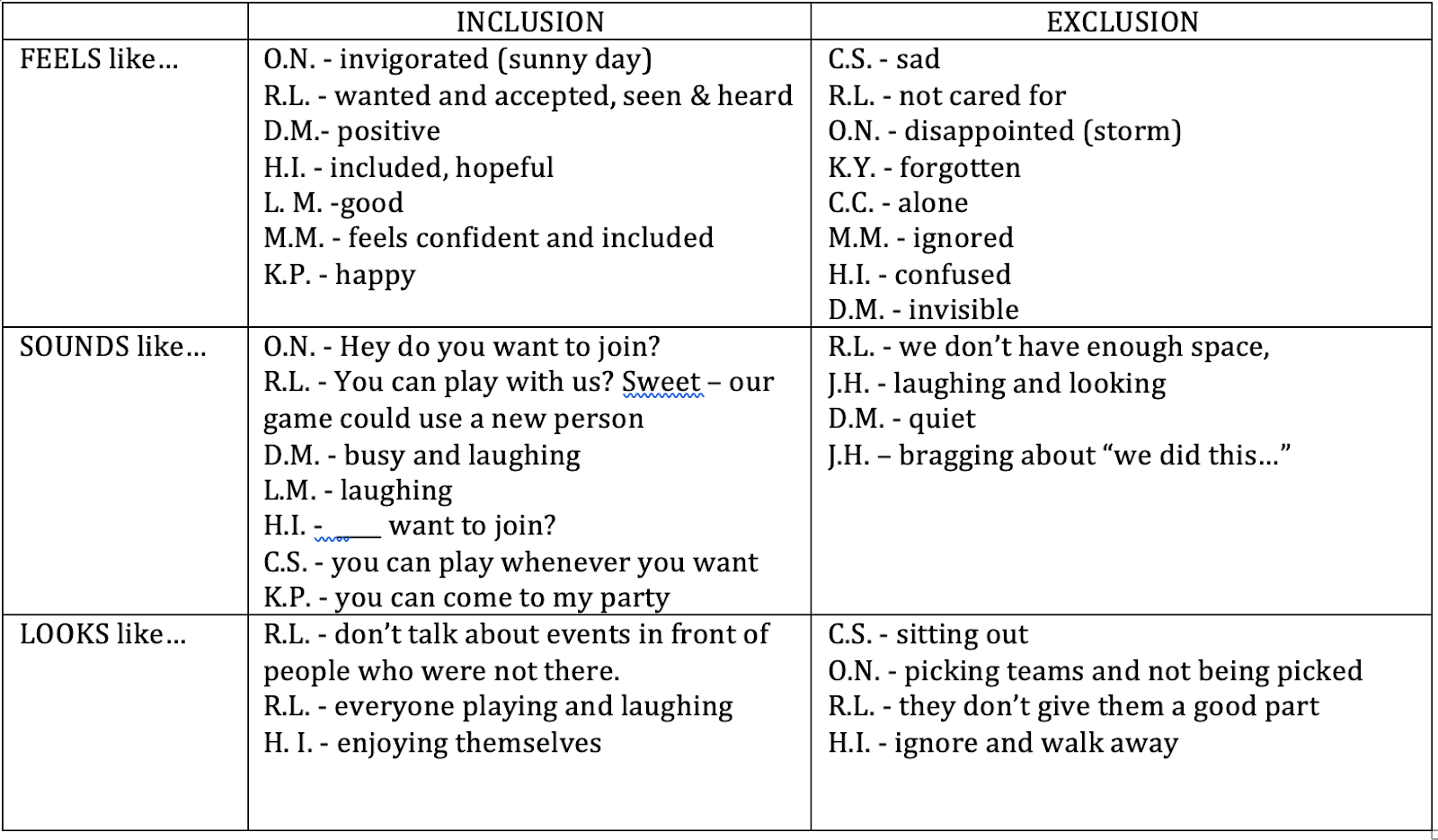Week 19
ELA
In English Language Arts this week, students continued to learn about article writing, and they worked to recognize the role of a news article headline to introduce a topic and garner interest from their audience. In reviewing their previously analyzed articles, students worked in partners to re-write the headline and lead paragraph. Students also utilized one of the offered strategies in order to create an interesting hook sentence. Once completed, students shared their examples with one another.
ELA objectives for our task included:
· Create Original Text - structure texts-express the same ideas in different forms and genres; compare and explain the effectiveness of each for audience and purpose
· Organize, Record and Evaluate - organize and develop ideas and information into oral, print or other media texts with introductions that interest audiences and state the topic, sections that develop the topic and conclusions
Math
In math this week, students learned to identify and classify angles and triangles through measurement. By using a protractor to measure the degrees, students labelled their angles and triangles as either acute, obtuse or right. They also began work demonstrating that the sum of interior angles is 180° by calculating the value of a missing angle, when the other two measurements were provided.
Science
-I can recognize that the Sun and stars emit the light by which they are seen and that most other bodies in space, including Earth’s Moon, planets and their moons, comets, and asteroids, are seen by reflected light.
-I can describe the location and movement of individual stars and groups of stars (constellations) as they move through the night sky.
In Science, we started our unit on sky science. Students first completed a KWL chart in order to share their knowledge on this topic and to ask any questions that they will look to answer throughout. Students were then asked to read the poem “In the Night Sky,” and consider the science facts that were woven throughout it. They used this information to identify bodies in the sky that emit light and bodies in the sky that reflect light.
Students were then introduced to a planisphere. A planisphere, or star-finder, is a hand-held device that shows a map of the stars that are visible in the night sky at any time. By rotating a wheel, it shows how stars appear to move across the sky through the night, and how different constellations are visible at different times of the year. Next week, students will complete a mini research project on a constellation of their choice, in order to demonstrate their understanding of individual stars and groups of stars (constellations) as they move through the night sky.
French
In French class, we have been busy preparing for our Ramsay Winter Carnaval. On Tuesday, February 8th, we will be hosting the Maple Truck as part of our learning about French Canadian festivals and celebrations. Students will have a chance to taste “la tire sur la neige” (maple taffy) and experience a mobile version of “la cabane à sucre” (sugar shack). Additionally, the grade 4/5s and 5/6s will be creating and organizing winter carnival themed games for our school community. On Friday, we spent time brainstorming and creating prototypes for our activities. Next week, we will practice procedural writing techniques and create information sheets for teachers to share with their students.
Walk For Wenjack
This week students finished their blackout poetry artwork that they created to honour Chanie Wenjack. Here are a few examples.
.
.
.

Comments
Post a Comment